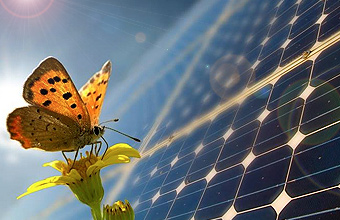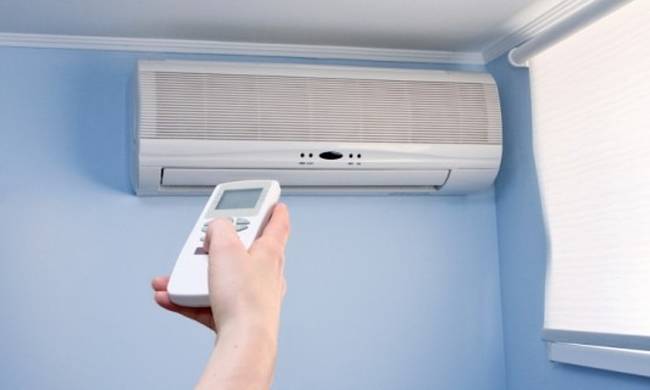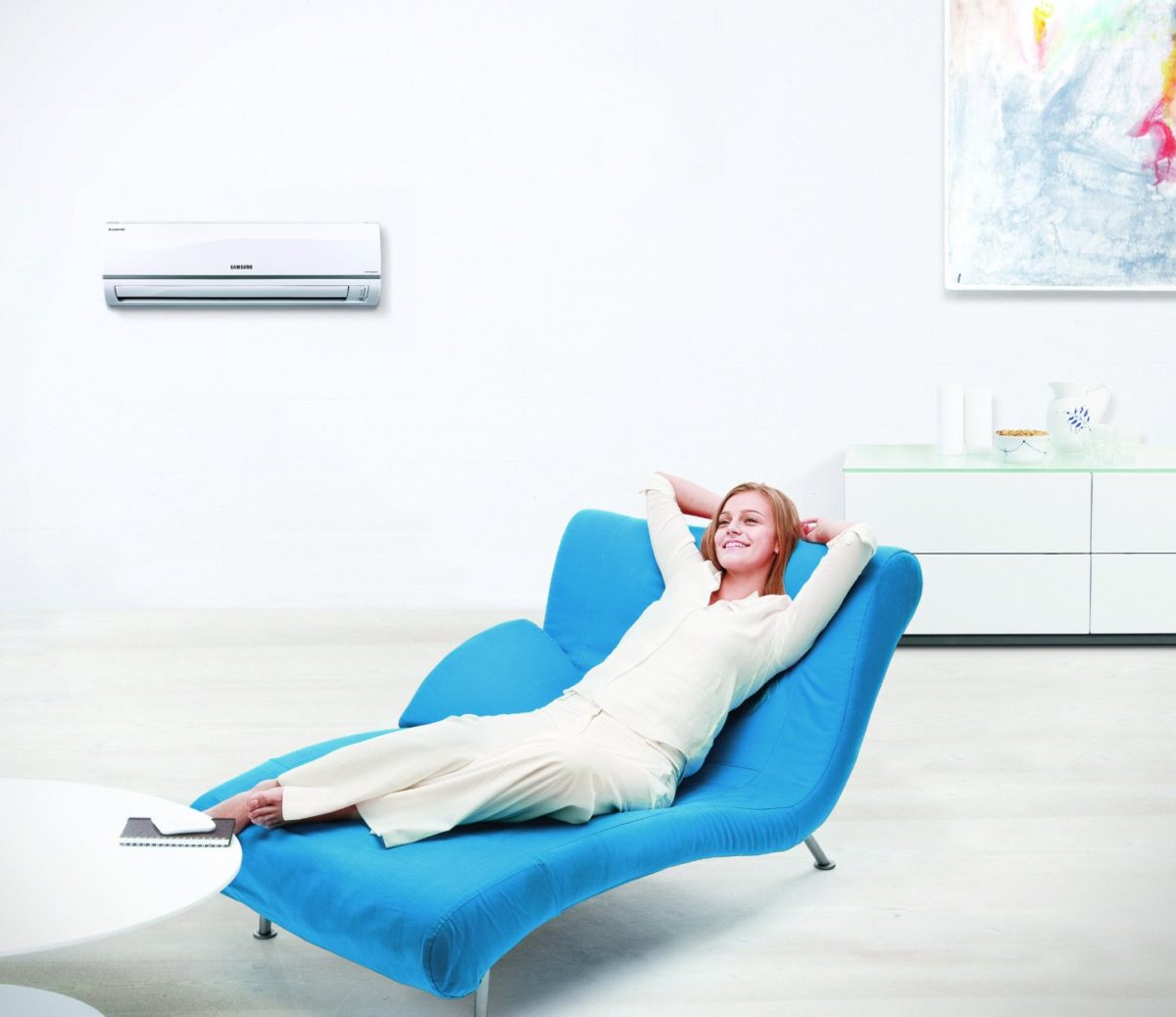Cooling storage using water, ice or other phase change materials is widely used in countries where summertime cooling requirements are high.
1. ADVANTAGES
The greatest benefit of this system is delivered to buildings which have relatively low nighttime compared to their daytime peaks. Additional benefit may be gained through the use of electricity to generate cooling on potentially lower cost off-peak tariffs. The advantages in a well-designed and operated system can include:
- Reduced installed chiller and heat rejection capacity;
- Decoupling of cooling demand from production allowing the opportunity to use lower energy tariffs;
- Possibility to use lower night time ambient temperatures for heat rejection giving improved COPs and energy performance;
- Potential to more easily operate variable flow systems due to the buffering effect reducing rapid changes in operation; and
- The non-instantaneous nature of cooling production can give higher reliability than reliance on the chiller operation.
In order to fully optimize the system’s capital investment and operating costs of the cooling equipment and infrastructure the correct sizing of the equipment is critical.
2. DESIGN RECOMMENDATIONS
When designing the cooling systems to be utilised, the profiles of the required cooling load are key. The demands placed on plant over periods of 24 hours and weekly are required in conjunction with the peak values for the design of the cooling accumulator systems. This is to ensure that the total cooling loads are accounted for during the whole storage cycle which may extend beyond the commonly used 24 hour period. The cooling storage system must be designed carefully to be able to meet the extended loads over time as well as peak demands.






